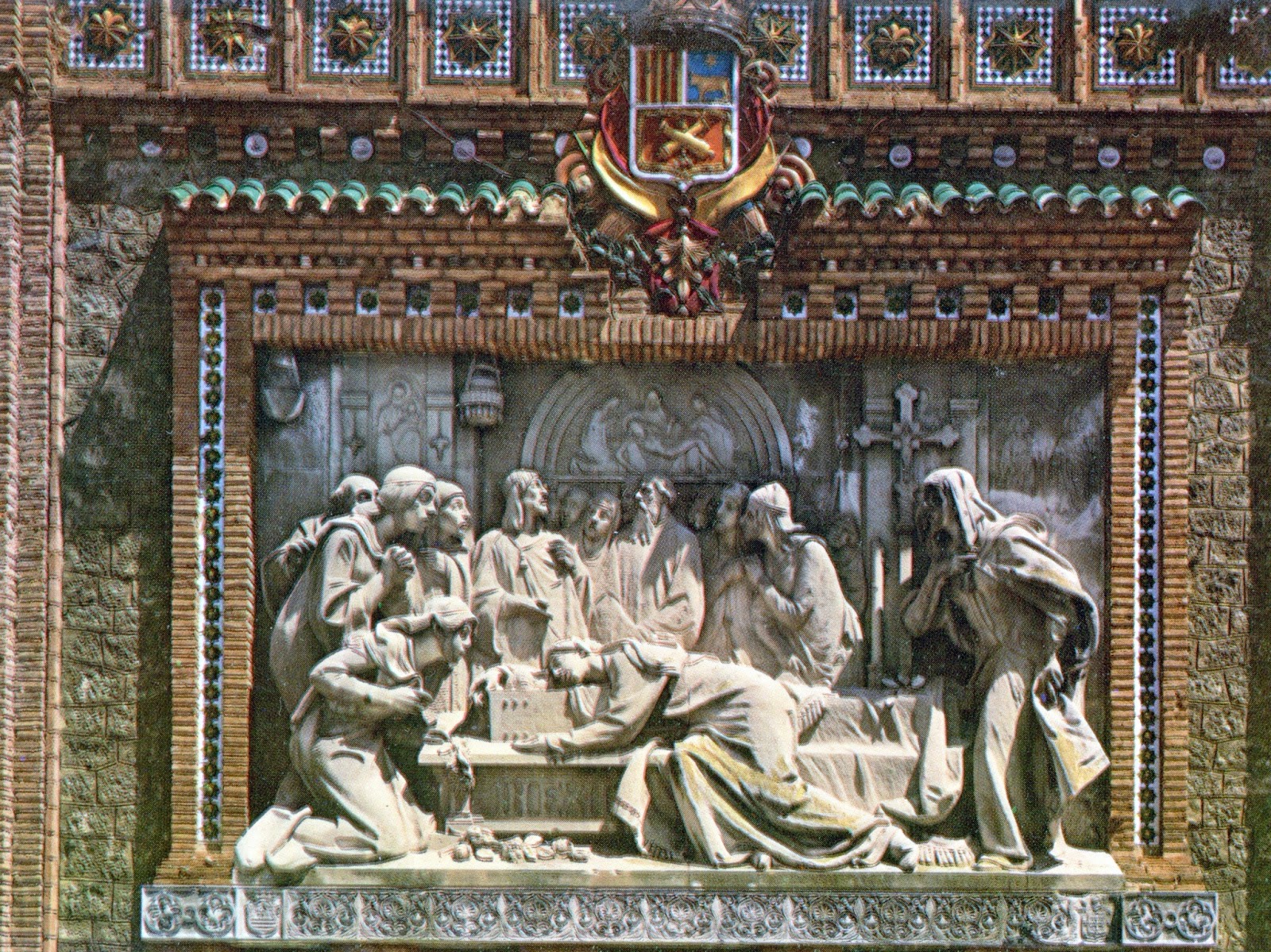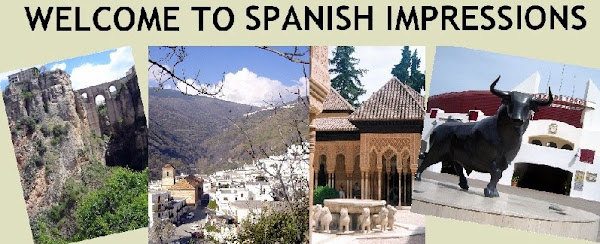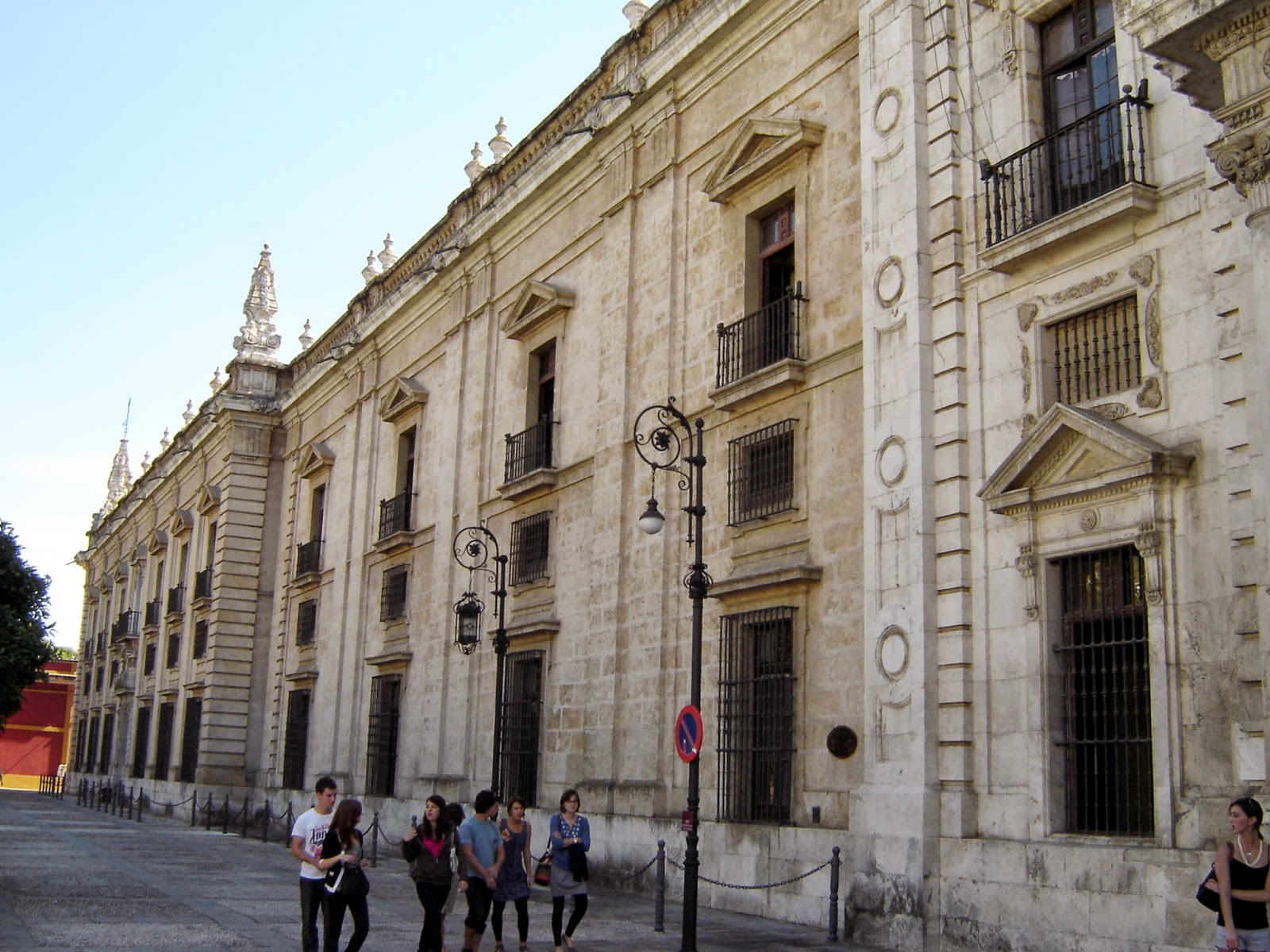Once upon a time, in the city of Teruel, there lived a young man and a
young woman who were very much in love. Diego de Marcilla and Isabel de
Segura had been childhood playmates and both had belonged to wealthy and
important families. Around the time that Diego and Isabel were eligible
to marry, Diego's family had fallen on hard times. Isabel's father, the
richest man in all Teruel, prohibited the union until the youth had
found fame and fortune - a time limit of five years was agreed upon.
Five years passed and not a word was heard of Diego de Marcilla. On the
fifth anniversary of the agreement, Isabel's father gave her hand in
marriage to an older man and, the very next day, the wedding was
celebrated. Diego burst onto the scene.
He triumphantly announced his return only to discover that he was too late - there had been a misunderstanding - according to Isabel's father, the five years included the day of the agreement and not the day of departure! Being of a virtuous nature, Isabel would not betray her husband of a few hours and consequently refused the desperate Diego a last kiss. This was too much for the poor lad - for five long years he had yearned for the day that he would marry his childhood sweetheart. Now his dreams were shattered. Heartbroken, Diego collapsed and died on the spot. At his funeral, Isabel was grief stricken and, bending over to kiss Diego's lips, she dropped dead, falling over the body of the man she had loved.
He triumphantly announced his return only to discover that he was too late - there had been a misunderstanding - according to Isabel's father, the five years included the day of the agreement and not the day of departure! Being of a virtuous nature, Isabel would not betray her husband of a few hours and consequently refused the desperate Diego a last kiss. This was too much for the poor lad - for five long years he had yearned for the day that he would marry his childhood sweetheart. Now his dreams were shattered. Heartbroken, Diego collapsed and died on the spot. At his funeral, Isabel was grief stricken and, bending over to kiss Diego's lips, she dropped dead, falling over the body of the man she had loved.
This story is known as "los amantes de Teruel" - the Lovers of Teruel
and it has inspired a number of writers. It also inspired the citizens
of Teruel who demanded that the two be buried side by side so that "what
was denied them in life could be given to them in death". Later, the
mummified bodies of Diego and Isabel were exhumed and placed in the
tombs where they now rest - in the cloisters of the Gothic church of San
Pedro. They can be seen today, along with the exquisitely sculptured
lids featuring the couple, both with an arm outstretched and their hands
almost touching but not quite. Religious piety precluded them touching
since Isabel was married to another! They are the work of sculptor Juan
de Ávalos.
| Mausoleo de los amantes en la iglesia de San Pedro de Teruel. |
 |
| Escalinata - "los amantes de Teruel" |
www.tablondeanuncios.com

more blogs by Robert Bovington...
"Photographs of
|
|
"postcards from
|
|
"you couldn't make it up!"
|
|
"a grumpy old man in
|
|
"bits and bobs"
|
|
"Spanish Expressions"
|
|
"Spanish Art"
|
|
"Books About
|





